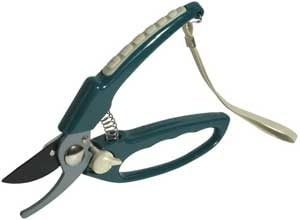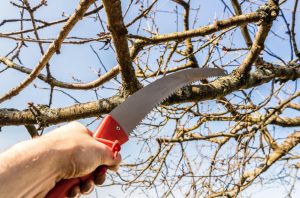Rejuvenation, transfer to the lateral branch, pruning on a stump or a ring — all these concepts mean different techniques of pruning trees and shrubs. However, not all gardeners understand what actions are “hiding” behind these terms. Let’s deal with it!
Pruning on a tree stump
This technique is the same anti-aging pruning, only more radical. The plants are not removed individual old branches, and cut out completely all, leaving only a small stump (thin and weak branches cut off at the base).
This pruning is especially suitable for those shrubs that quickly give a lot of new shoots — some of them can be cut annually, for example, Corylus or Salix(in the photo). By the way, as a result, you will always have a handy material for the device of weaves or making crafts.
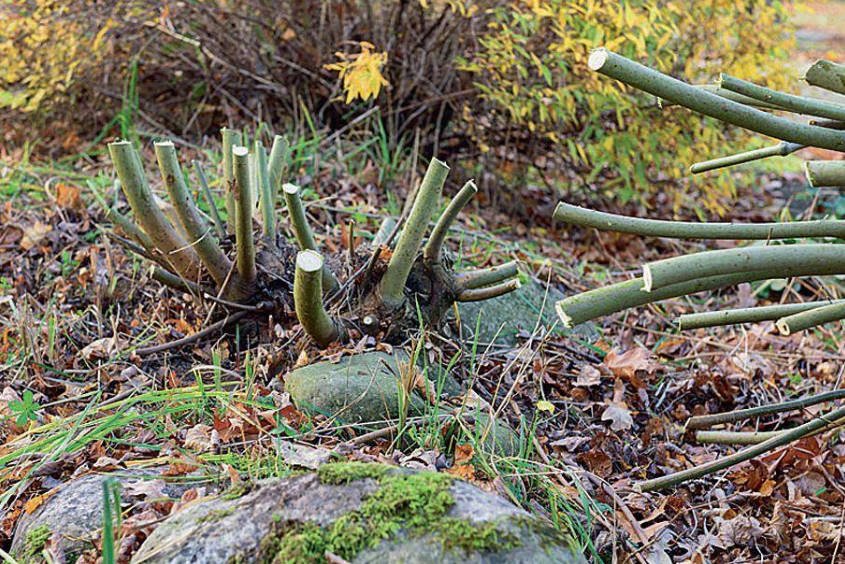
Pruning on a tree stump
Some representatives of the flora pruning on a stump is shown every year-this is a sure way to return them decorative. These include white Cornus with red color of the bark-bright colors can boast only young shoots.
Rejuvenating pruning
After improper pruning or no cutting of some branches of ornamental shrubs, for example, Deutzia(pictured), Forsythia, Weigela or Philadelphus, eventually laid bare, and the plants refuse to bloom. Such flora prescribed rejuvenating pruning: it will get to ensure good flowering. To do this, all the thick old branches should be cut at the base, and a few younger shortened by a third of their length.
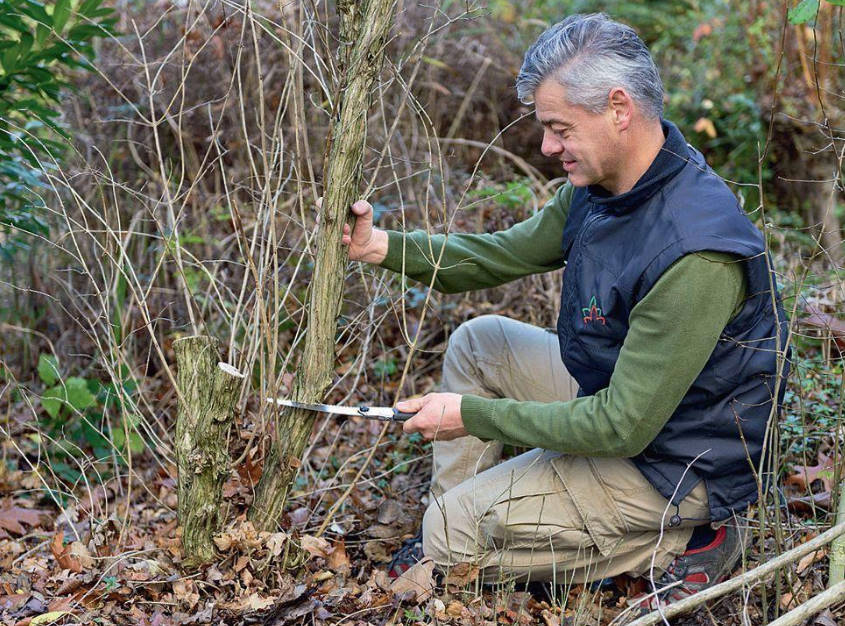
Rejuvenating pruning
If branches with flower buds are few, the procedure should be carried out in early spring, otherwise it is better to wait until summer. In subsequent years, the” skeleton ” of the Bush must be formed in several stages and regularly thinned.
Lateral branch translation
This technique allows you to quickly change the unsuccessful direction of the branch growth by cutting off part of the growth above the lower more successful branching. In our case, the branch grows incorrectly due to several almost vertical increments, so it should be cut to a more horizontal lateral branch.
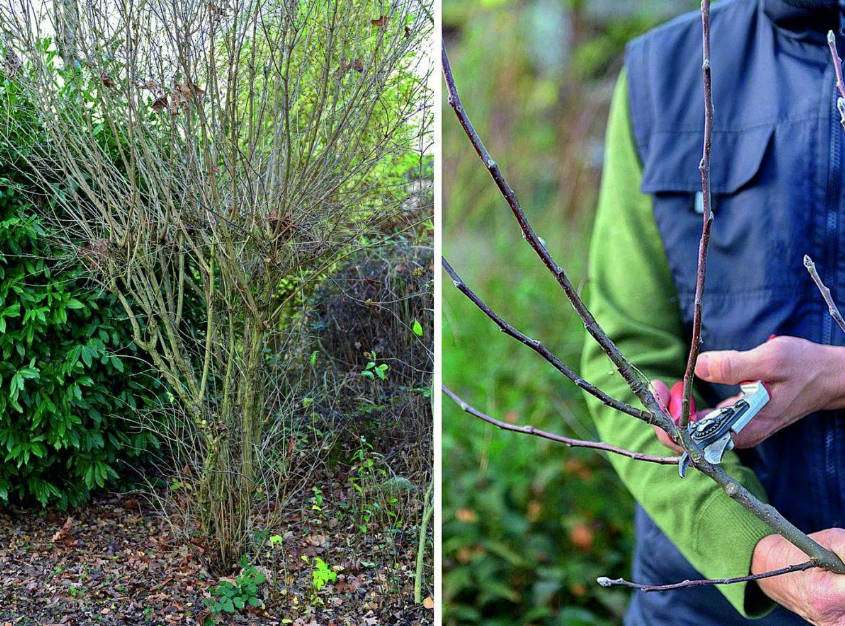
Lateral branch translation
Thus, it is possible to adjust the crown so that all branches, and hence the fruits, were well lit and did not interfere with each other.
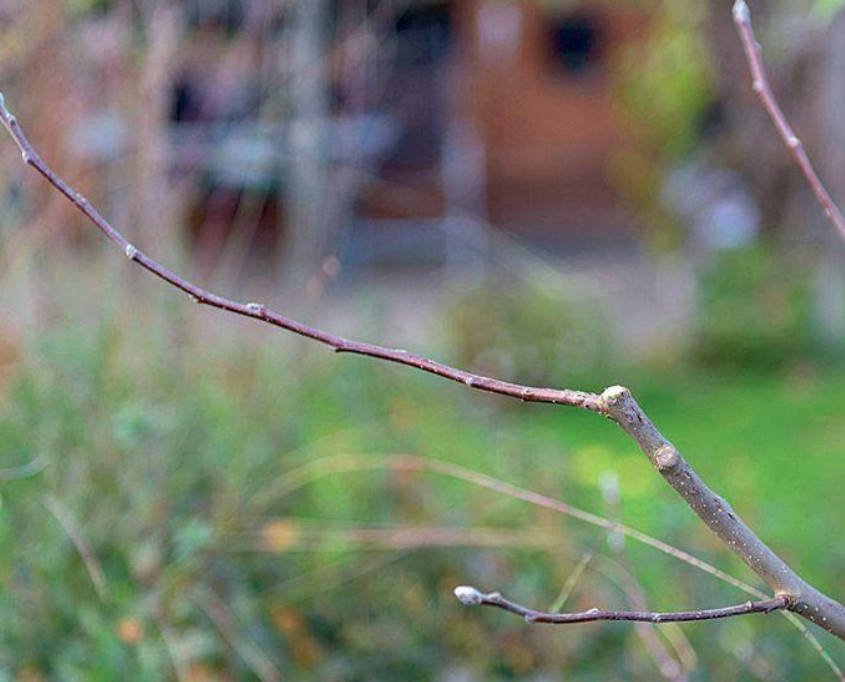
Lateral branch translation
In addition, the transfer to the lateral branch stimulates the transformation of growth shoots into fruit, accelerating the beginning of fruiting of the young tree.
Remove the young shoots growing vertically
Vertically growing long shoots appear most often after strong pruning. They need to be removed regularly-cut at the end of winter or break in early summer, when they are slightly lignified.
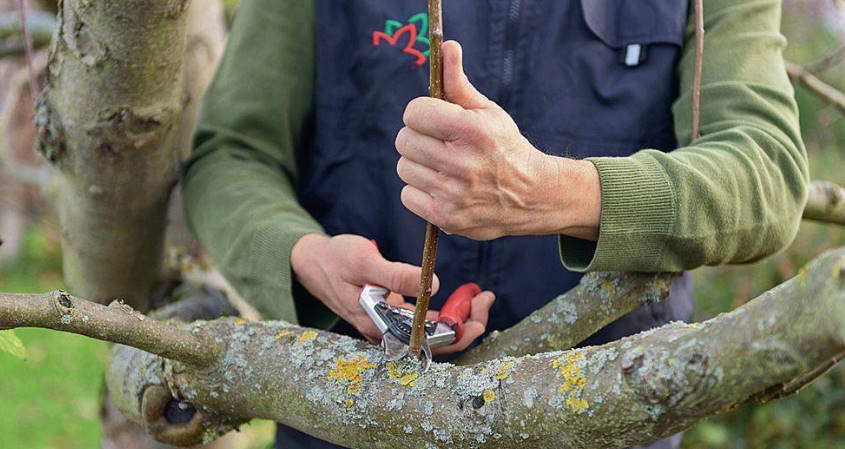
Removal of young shoots
The second option is more effective: after it, “wounds” heal faster, besides wolves pull out together with sleeping kidneys with one jerk.
Rejuvenation of fruit branches
Apples and pears are the best fruit on the biennial branches. They are overgrown with new fruit shoots, which in turn also branch.
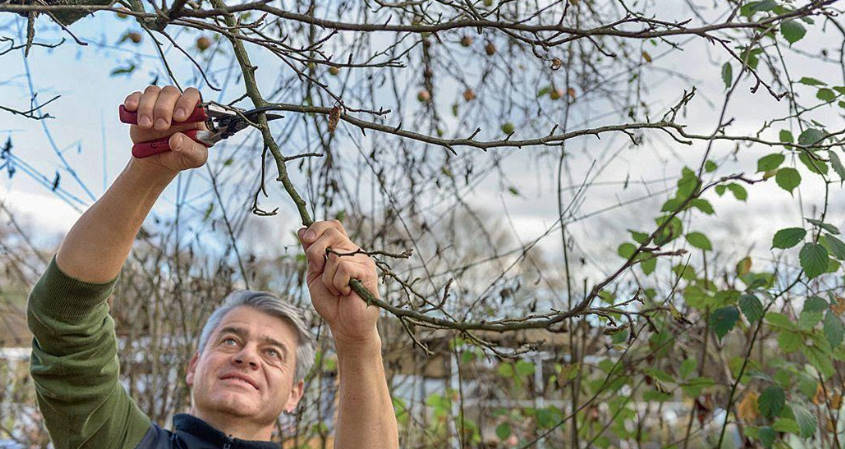
Rejuvenation of fruit branches
On the branches of old age, eventually falling down, the fruits are tied less often, they are smaller. Such old branches should be removed, making the transfer to a younger lateral branch.
Trim on the outer Bud
Unlike thinning, during which the branch is cut at the base, with the classic shortening of the cut is made over the kidney, thereby stimulating the formation of lateral escape. In this case, the pruner should be applied at an angle, retreating a few millimeters from the kidney.
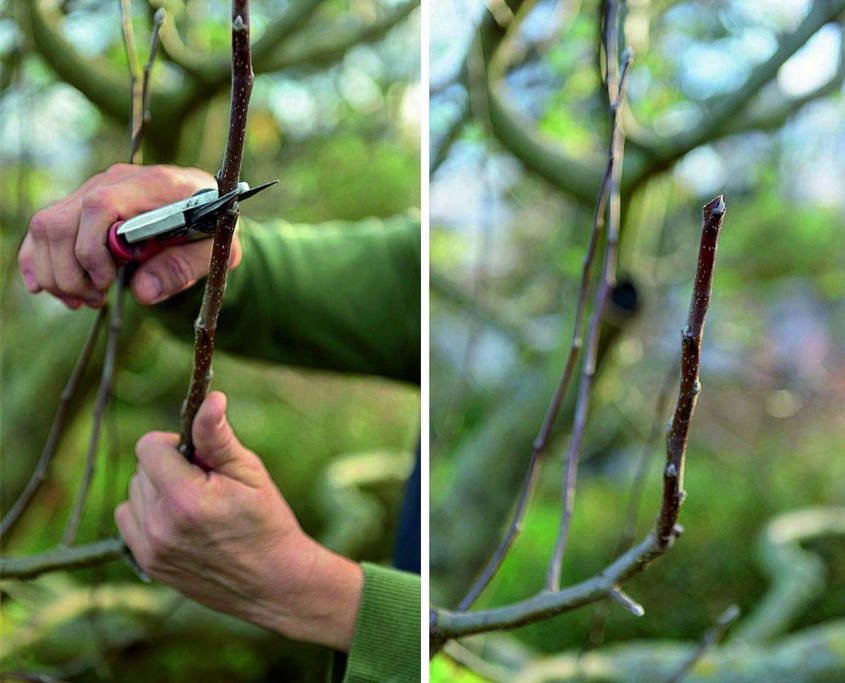
Trim on the outer Bud
Important: you should choose a kidney directed outward, because the escape that grew out of it should not thicken the crown. If the cut is made at the kidney itself without indentation, it will dry up, and if too high, then a stump is formed, through which a disease infection can easily penetrate the plant tissue.
Trim ring
1. Thickened influx at the base of the branch is called the ring. It is a lot of cells capable of rapid division. Thanks to them, even a large area of the wound is quickly scarred.
2. Put the saw to the top edge of the ring at a small angle (parallel to the trunk), so as not to damage the ring itself, and to make the cut area minimal.

Trim ring
3. This is what a clean cut looks like on the ring. As you can see, the influx of active cells should remain.
Important: if you need to cut a particularly thick branch, make an incision first from the bottom, otherwise it can break off and tear off part of the bark from the trunk.
4. In conclusion it is necessary to smooth out with a knife irregularities on a cut and to level edges of a wound as the smooth cut is tightened much quicker.
In the middle zone, the best time for the main pruning of trees to form crowns — from the beginning of March, when the threat of severe frosts passes, and before the swelling of the kidneys.

In the middle zone, the best time for the main pruning of trees to form crowns is from the beginning of March to the beginning of kidney swelling.

